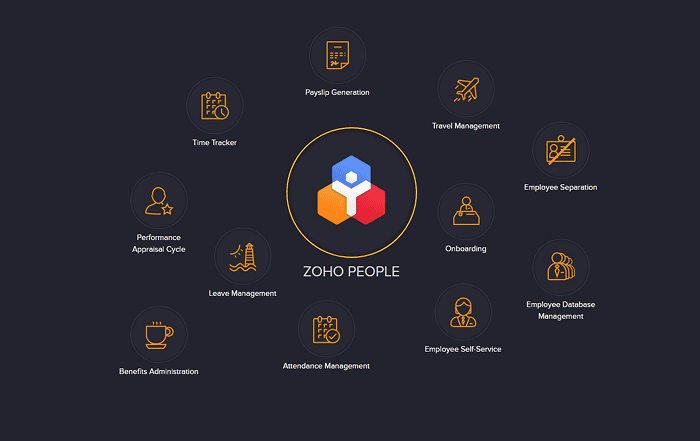
You have a great content marketing strategy lined up to woo your customers. You should, ideally, be ticking all the boxes on the user experience list. And yet, your user engagement is lacking, credibility isn’t soaring, and your relationship with your customers is not encouraging.
Why? Content for content’s sake isn’t creating value.
Your website content copy could be great, but unless it can convert the customer communication into the conversation, it is not helping. To effectively do that, you must focus on content and UX design.
For instance, you are selling quirky statement jackets on your eCommerce site. However, for powerful merchandise, you require an equally impactful web design. A pink pastel or a peaceful white will not do justice to the clothes or the content.
You are not delivering a great customer experience with just content.
Similarly, a great design will be just that – a great design. But, unless you combine it with complementary content, it will not create the impact your business deserves.
Before Designing Your Site, think about the UX you want to deliver
88% of shoppers say they won’t return to a website after a bad experience. And, user experience is not only about offering good products and great content.
Your website UX matters – before you start designing your site, you should think about the user experience you want to deliver.
User experience design brings together all aspects of customer interaction with your service or product.
How do you want your users to feel? How to make it easy for them to complete their desired tasks?
One simple example is the checkout process. You want the checkout process to be as straightforward and distraction-free as possible. From the homepage to the checkout, your website should be designed to create an immersive user experience for your customers.
Does design improve user interaction?
Yes. However, design is a broad and evolving term. In the digital dictionary, UI or user interaction and UX design are two sides of the same coin. UI deals with the look, appeal, and design elements of a website, such as theme colors, icons, CTA buttons, negative spaces, and imagery.
An aesthetically pleasing website might be kind to the eye, but does it add value to the user’s shopping journey? It is important to find a balance between design and usability. A website design can, and should, impact the user experience by influencing their experience, buying behavior, and brand trust.
Design and content – two sides of the same coin
Content and UX design are not disparate elements – they should come together to succeed. To stay competitive in the crowded digital ecosystem, you have to make sure you focus on bringing content and design together.
It is important to craft clear, usable, accessible content for all users. Content is everything that is added as a copy to a website – the headline, banner, menu, call to action, and more.
When you stretch the definition further, content can include branding, links, GIFs, images, etc.
A cohesive UX design allows users to jump across the site – from your blog to your product portfolio – without losing the sense of engagement and immersion.
4 Efficient Methods to Align Content Marketing and UX Design
Without content, UX design is meaningless, and without design, content is inconsequential.
We can’t undermine the importance of design in delivering value to customers.
However, after you design your site perfectly, it needs to ride on engaging content to deliver the user experience.
Let’s see how to align content marketing with UX design.
Make your Site Usable
Unless the user can gain access to read and share the content, they won’t be able to engage with it. Yet, a seamless UX goes beyond content and design. It includes even the technical aspects of your site.
Fix these issues before you focus on your content.
Site load speed:
Faster the site load speed, the better the user experience you deliver. And every second matters when it comes to loading speed.
The bounce rate probability increases 32% as the page load speed increases from 1 second to 3 seconds.
For every one second of delay in mobile load time, the mobile conversions are impacted by 20%.
Site architecture
The arbitrary 3-click rule, although not backed by data, should give you an idea about the importance of site architecture.
When your customers visit your site, they usually seek information about products or services. Unfortunately, when your website has sloppy internal linking or an illogical navigation system, they will boot from your site.
Site responsiveness
50% of your customers look down on businesses that haven’t optimized their mobile sites for smartphones. The average time it takes for a mobile site to load in 15.3 seconds. And as the time goes from 1 second to 10 seconds, the bounce rate goes up by 123%.
Invest in a simple, responsive design to provide exceptional user experience across devices.
Include Engaging content
With your website design in the finishing stages, it is time to focus on content. Of course, your content could take more than a few rounds of editing and amends.
But it is better to have content ready, at least the first draft, to know where what content needs to go.
It is tough to understand how the design elements all come together without a basic content copy.
Your customers are living in an ever-changing digital world, where they are flooded with options. Unfortunately, unless your website has engaging, informative, and interactive content, they will find the exit sooner.
Go for personalized content by using market segmentation. First, speak to your customers as individuals with specific needs. Then, cater to those needs using design and content.
You should ideally plan your content with SEO and lead generation in mind, but it should never dictate the terms of your marketing strategy.
Develop robust navigation
If your customers are lost on your website, you can be sure they will bounce.
Design for easier navigation and recognition rather than recall.
Top-class navigation makes it easy for your customers to navigate your site easily.
Drop-down menus help customers look for the content on their own, which aids in self-nurturing. The menu should make it easier for customers to get to the content easily.
Keep the menu uncluttered and segmented.
Go easy on the design elements and distractions
Keeping your customer’s attention is a challenge. Don’t lose it by placing distractions along the way. Giving them too many choices will only make it harder for them to decide.
Don’t pack too many content pieces on a single blog page. Limit it to less than 20. Quality over quantity – always. Choose a blog topic and present-focused content on that topic without straying away from the idea.
Eliminate design distractions such as pop-ups, flashing banners, and auto-play videos that drive away users. Likewise, subscription forms and sales offers should be kept at a minimum so that it doesn’t interfere with their experience.
When you add too many pop-ups, auto-play videos, or graphics-heavy imagery, you invariably increase the load speed.
UX design should always trump content marketing. However, UX design and content marketing should complement each other – both should be functional, user-friendly, and engaging. When one of these elements is missing in the mix, you will not deliver the right UX your customers deserve.
Understand your customer – and design, keeping in mind the context and purpose of your brand. Playing UX design and content marketing cards right will ensure your customers have a great time on your site.







